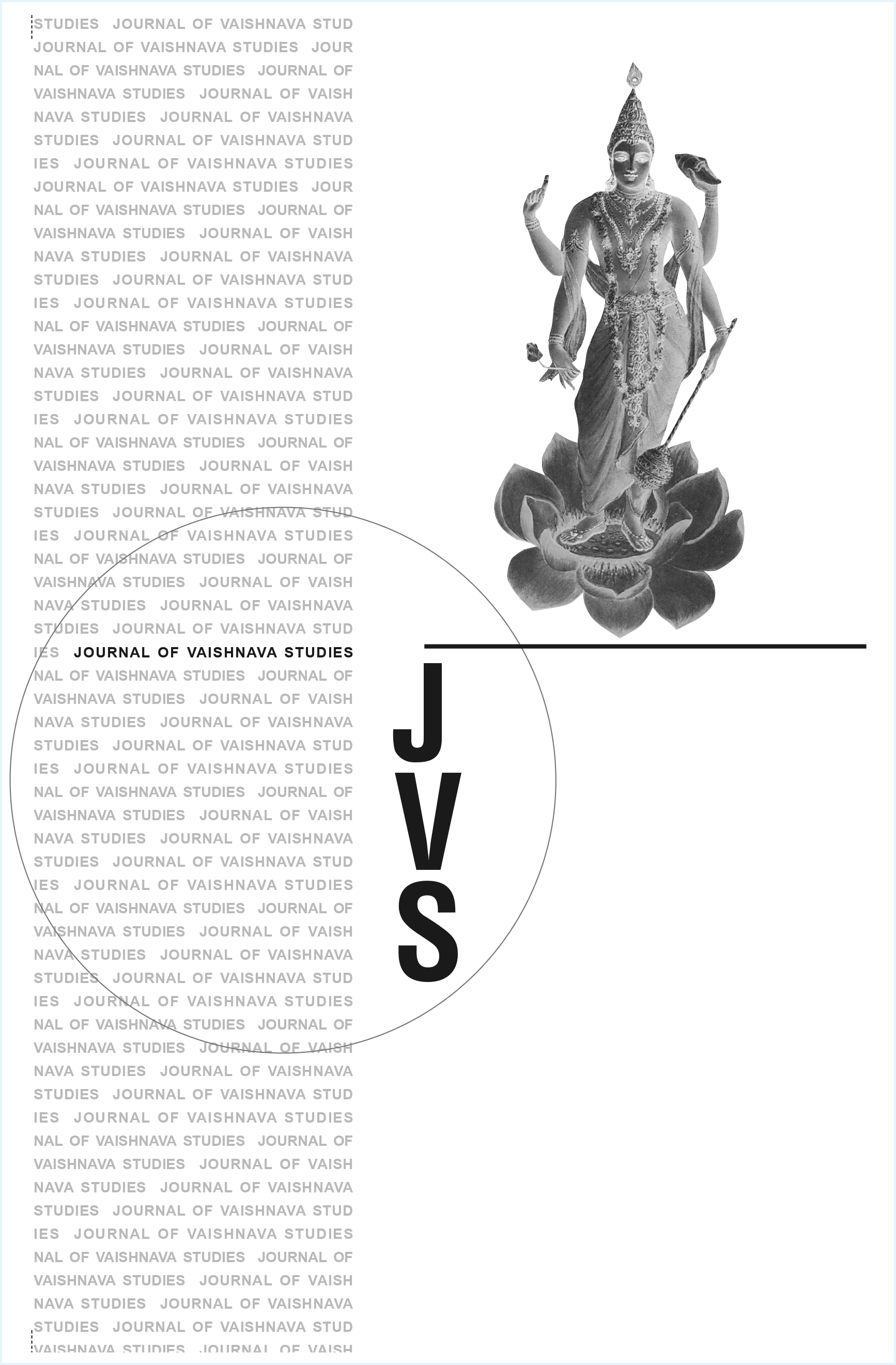Samāj-gāyan for Rādhā and Kṛṣṇa: Devotional Music in the Rādhāvallabha Sampradāya
Keywords:
Samaj-Gayan, Radhavallabha Sampradaya, Devotional Music, Radha, Krishna, Vrindavan, Braj Bhasha, Hita Harivamsha, Seva, Sadhana, Hindustani Classical Music, Oral Tradition, BhaktiAbstract
The article "Samāj-gāyan for Rādhā and Kṛṣṇa: Devotional Music in the Rādhāvallabha Sampradāya" by Guy L. Beck explores the central role of Samaj-Gayan, a unique form of devotional singing, in the Radhavallabha Sampradaya of Vrindavan. The article highlights that Samaj-Gayan is not merely an auxiliary feature but the core sadhana (religious practice) and seva (devotional service) of this community. Beck details the tradition's claim to originating Samaj-Gayan in the 16th century, primarily at the Shri Radhavallabhaji temple, and contrasts it with similar claims from other sampradayas like the Nimbarka. The unique characteristics of this music are examined, including its exclusive use of Braj Bhasha poetry, its focus on the intimate and erotic relationship between Radha and Krishna (where Radha holds theological supremacy), and its rejection of broader Vaishnava rituals and philosophies as distractions. The article also describes the vast, mostly unedited poetic repertoire used in Samaj-Gayan, organized seasonally and by festivals, and discusses its oral transmission. Finally, it delves into the performance style of Samaj-Gayan, emphasizing its devotional purpose over virtuosic display, its distinct melodic and rhythmic patterns that often deviate from classical Hindustani ragas, and its avoidance of tanas to preserve the emotional meaning of the lyrics.Published
1998-12-13
Issue
Section
Articles





